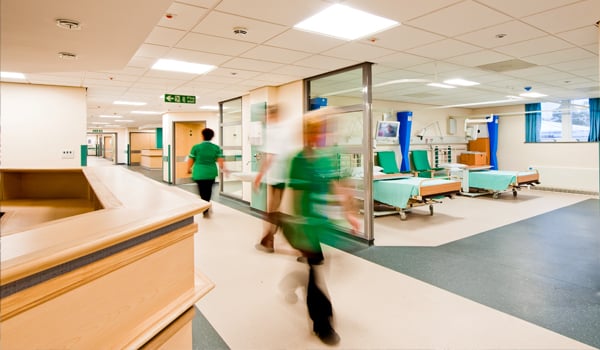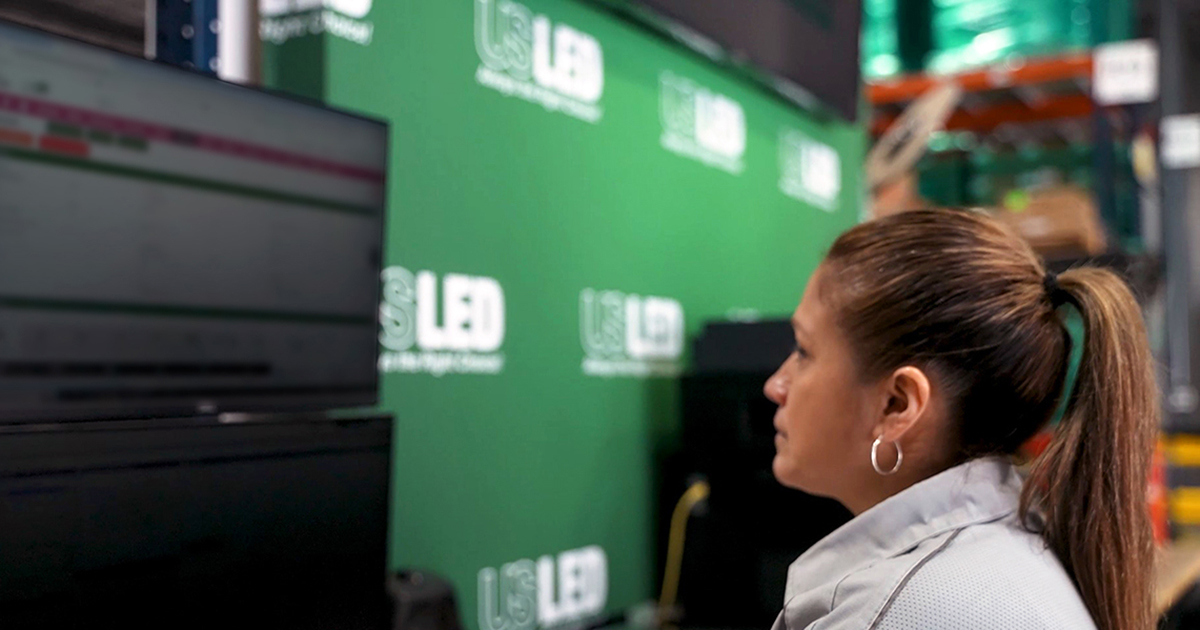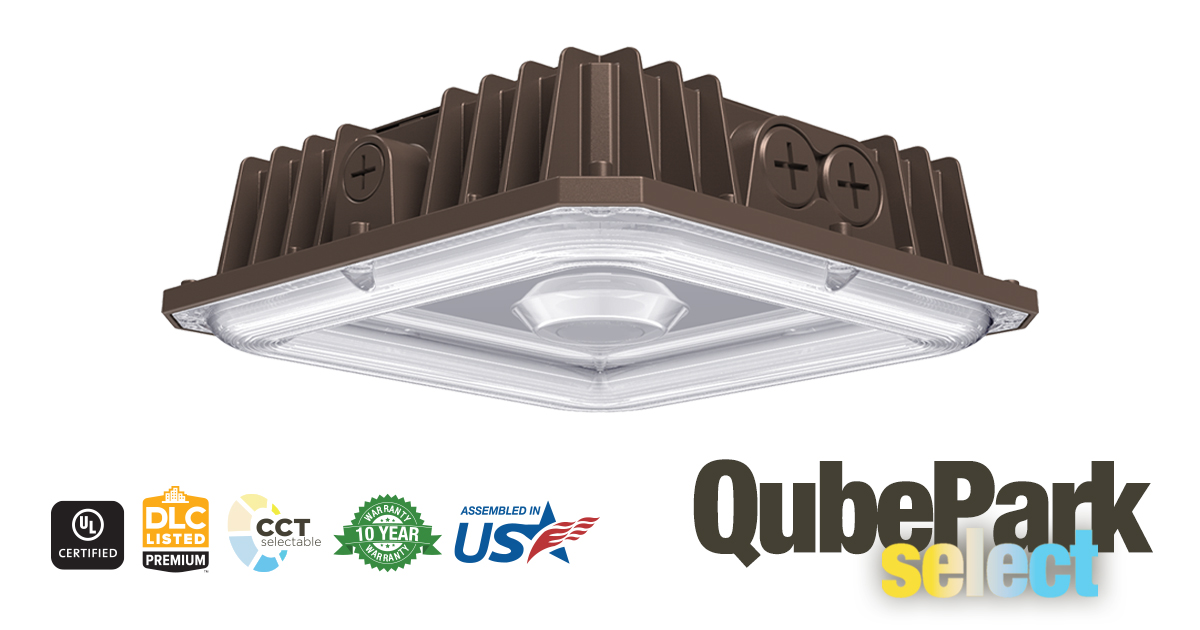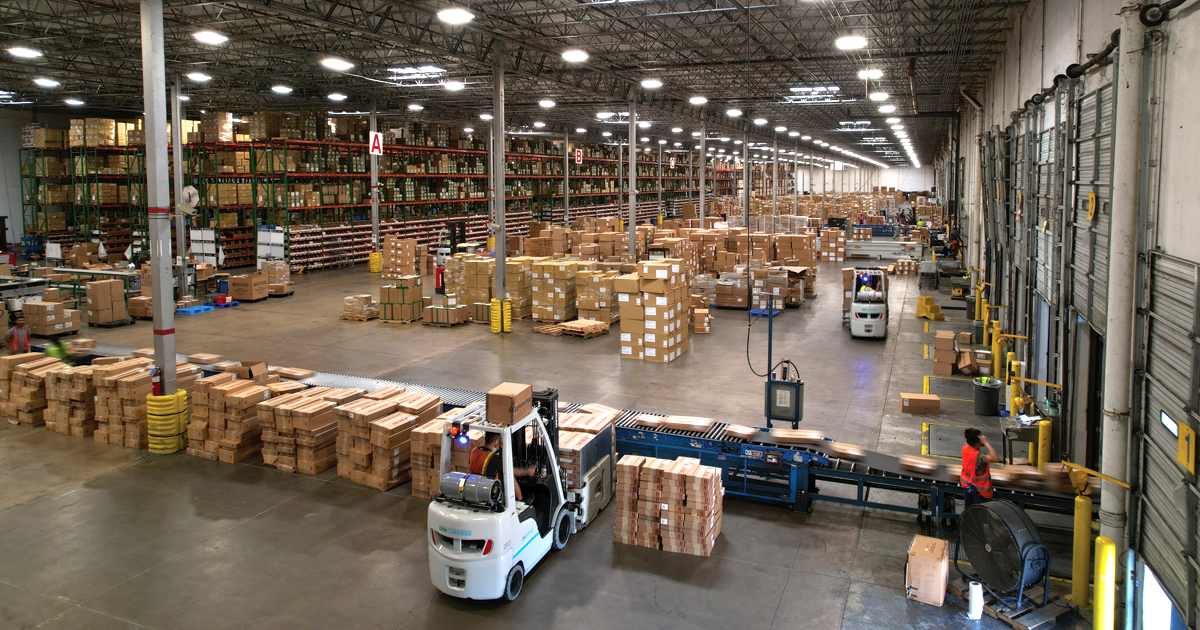
Lighting plays a large role in healthcare facilities, working to enhance both the patient experience and how the staff provides care. In addition, it helps to enrich the overall environment and improves operational efficiency. Although LED lighting usually gets attention as a money-saving, energy-saving strategy – it also provides advantages that can yield benefits beyond overhead costs and surprisingly impacts all areas of 24/7 facilities like hospitals. With the right LED lighting in place for your healthcare facility, you can create a supportive atmosphere for patients and a dynamic workplace for your employees.
Reducing Costs
LED lighting positively impacts healthcare facilities immediately through reduced costs, more specifically by energy savings and reduced maintenance. Unlike legacy technologies such as traditional fluorescent lights or incandescent light bulbs, most LED lighting in the market can reduce energy by up to 70% and have lifetimes of up to 100,000 hours. In the case of US LED lighting solutions, the ultra-long-life luminaires approach or exceed 200,000 hours and are backed by a ten-year warranty. This suggests that products installed in hospitals and other healthcare facilities will operate for ten to twenty years and beyond, depending on how they’re used, much longer than most LED lighting products in the marketplace.
Because LED lighting luminaires are made from environmentally friendly materials, they comply with both energy regulations and support sustainability targets that organizations establish. Unlike fluorescent lamps that produce a great deal of wasted heat, LED lighting converts energy into visible light releasing much less heat. This means less time for air conditioning units to run and less energy consumption related to HVAC costs. Conventional fluorescent lamps must be handled with care and disposed of appropriately to avoid toxic materials contaminating landfills or other public areas. By implementing LED lighting, recycling/disposal programs can be all but eliminated and free up more of the operating budget.
Enhancing Patient and Staff Comfort
Without a doubt, healthcare facility managers must consider how lighting impacts patient health. Aside from the cost-saving benefits, LED lighting can offer a healthier and more comfortable environment for patients and staff. However, finding the right balance between what is best biologically and what’s best for visual acuity is necessary, which can be challenging for lighting designers. Importantly, studies over the last couple of decades have found evidence of the connection between good lighting and patient healing.
When controls are used in conjunction with LED lighting, lights can be dimmed in patient and visitor areas at a specific time in the evening, signaling it’s time to quiet down for rest. Additionally, ambient lighting in individual rooms can be controlled to help relax and reassure patients during recovery. This means patients and visitors can dim the light levels or adjust the color temperature (tunable white light) according to the time of day, helping to maintain their circadian rhythm. A dynamic troffer solution, like the TDK from US LED, creates soft illumination, reduces uncomfortable glare, and offers Smart Blu™ lighting controls to provide ideal visual comfort. Healthcare facility managers can also create a relaxing and welcoming environment within the reception and waiting areas to make visitors feel more at ease.
When LED lighting is integrated with building automation, it gives facilities the ability to offer centralized dynamic control over areas like parking lots and localized control to areas like patient rooms or surgical suites. Tunable white lighting, like the PJF1 or LSF1 linear solutions from US LED, offers a dynamic option that can be aligned with critical activities that require occupants to be more focused. Tunable white lighting improves medical staff’s performance and job satisfaction.
Improve the Healthcare Experience
LED lighting offers real-time tunability and controllability, which considers users' personal preferences and interactions with the physical space. By modifying the correlated color temperature (CCT) of the lighting and overall light levels, patients can find a balance between the most appropriate light level and the best color temperature to create their most comfortable visual environment. In addition, with circadian LED light design capabilities, users can adjust lighting according to a defined schedule to better align their lighting with their circadian rhythm's day-night cycle. This is most beneficial for areas with no access to sunlight and the advantages of daylight harvesting.
More healthcare facilities incorporate LED light design focused on the WELL Building Standard™. The WELL light concept concentrates exclusively on how buildings, and everything in them, can improve comfort, drive better choices, and generally enhance, not compromise, the health and wellness of occupants. When LED lighting integrates with controls, it can create a pleasant ambiance for visitors and improve the health benefits for facility staff.
Over the years, energy-efficient LED lighting technology has been the preferred solution for hospitals, clinics, and other healthcare facilities. Implementing LED lighting can ensure safety and comfort for patients, visitors, and staff. Considering the long product lifetimes, quality of illumination, and advanced control options, it's clear that LED lighting provides essential benefits outside of just savings associated with ROI. As a result, a healthcare facility can reduce costs, enhance patient and staff comfort and improve their overall healthcare experience by switching to LED lighting.











